How to get rid of crabgrass – easy steps to a weed-free lawn
Experts reveal how to get rid of crabgrass and how to prevent the weed from taking root in your lawn
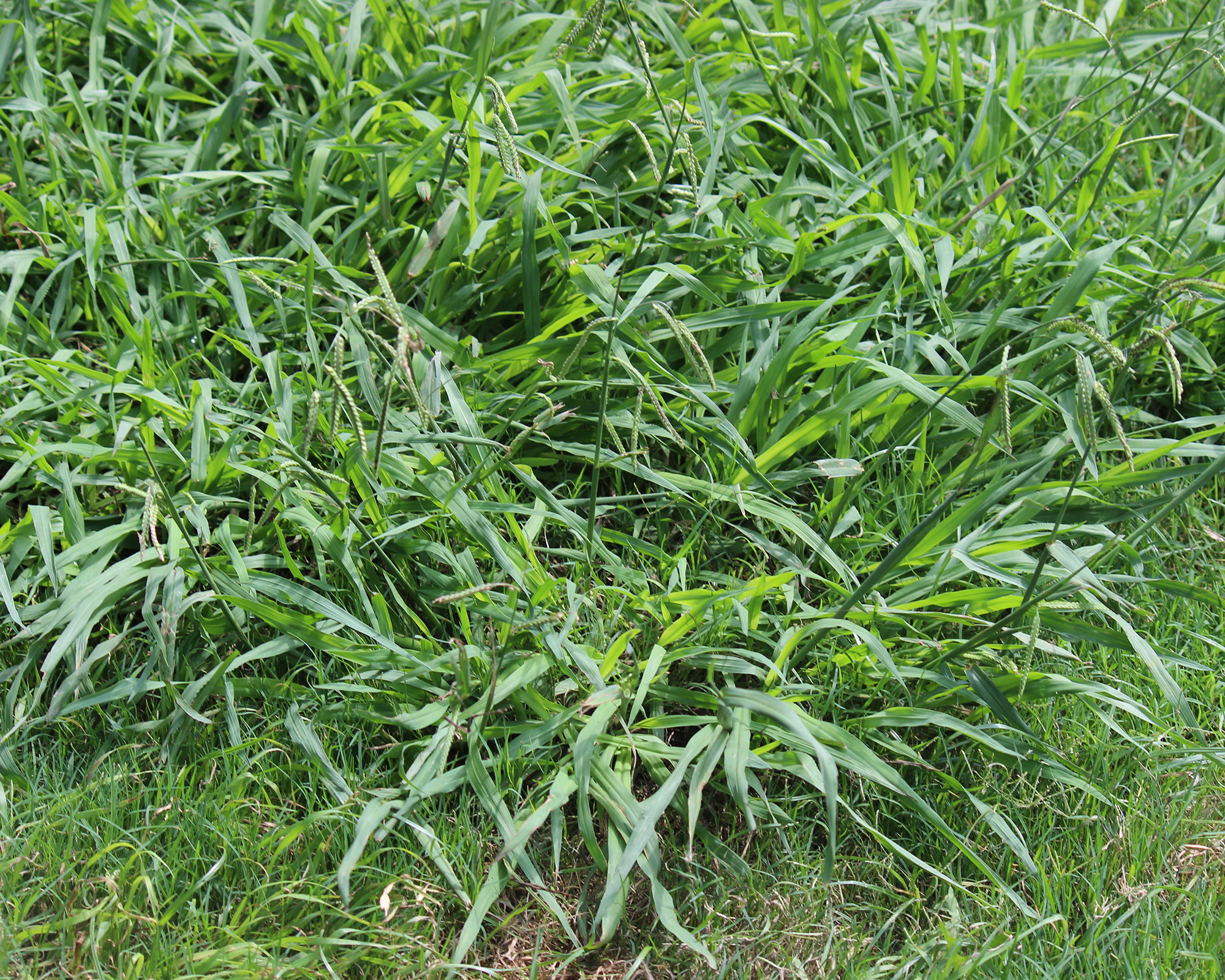

Want to get rid of crabgrass? As the summer continues how you get rid of crabgrass will be on most lawn owners' minds.
The troublesome plant starts to germinate when the temperature rises above 55℉, and sunshine starts hitting the moist soil. Come spring and moving into summer the fast-growing weeds will outgrow other lawn grasses, then die away in winter leaving bare spots ruining any chances of making your lawn green and thick.
How to get rid of crabgrass naturally
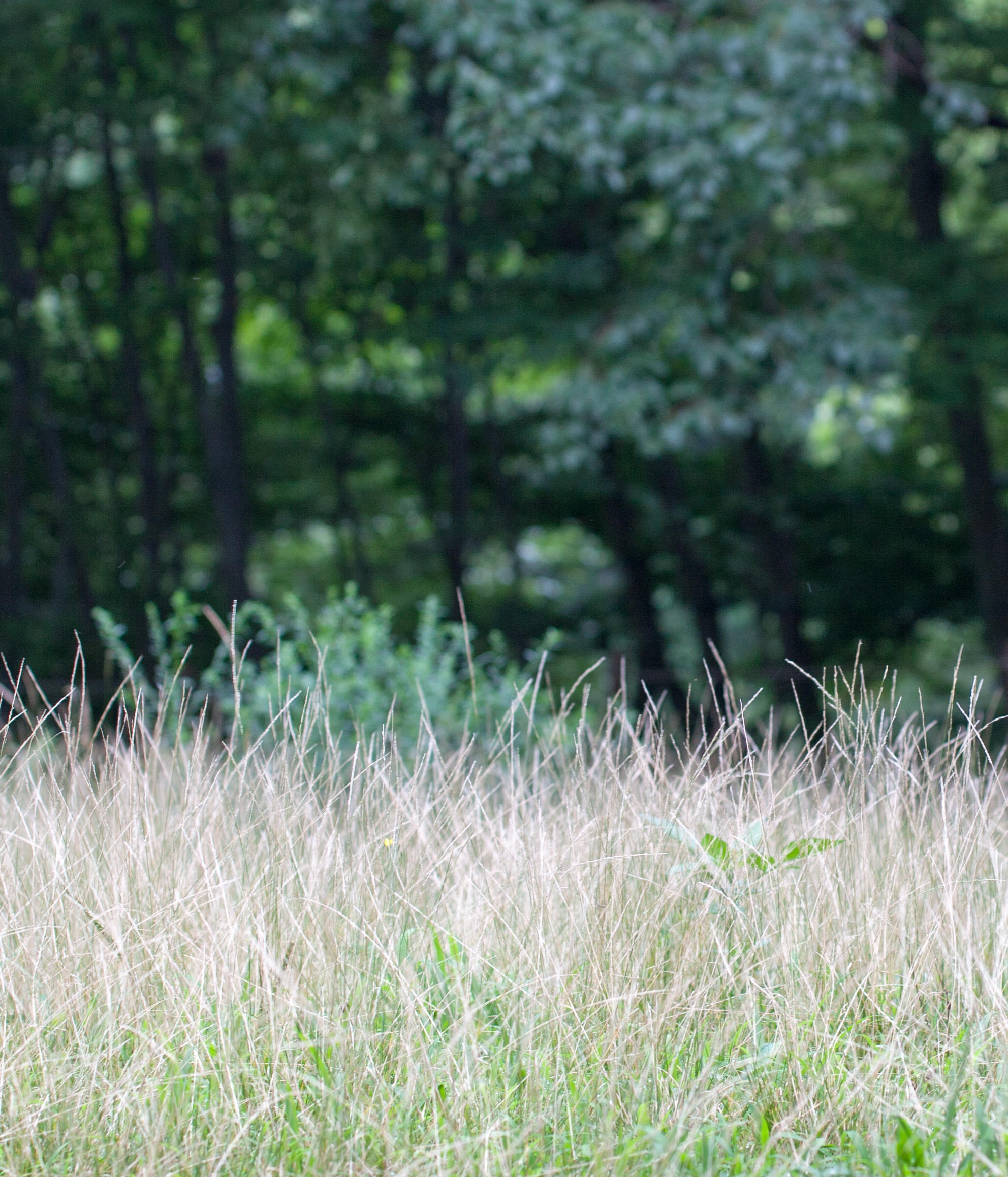
Follow these steps to get rid of crabgrass naturally.
1. Maintain a healthy lawn
Bill Pope, owner of Unlimited Lawn Care explains that getting rid of crabgrass needs to start with prevention by maintaining a healthy lawn. ‘The best course of action to take is prevention. Some ways to prevent crabgrass are: aeration, mowing your lawn at a proper height, and mulching your garden,’ he explains.
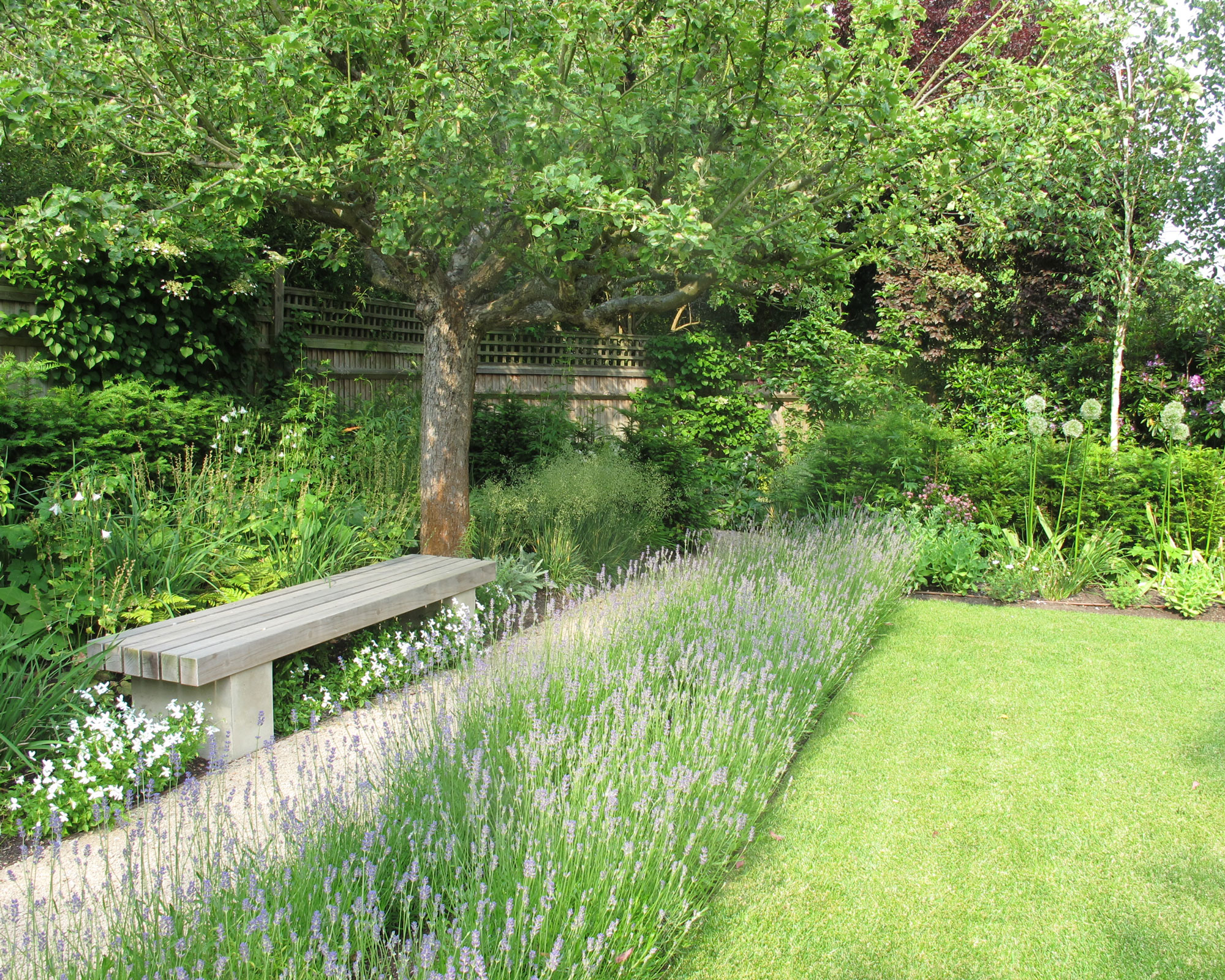
‘Aeration helps by removing thatch buildup in your lawn, which is where crabgrass tends to grow.’ The best time to dethatch a lawn will depend on what grass you have, so do bear this in mind.
He stresses that mowing the lawn to the proper height is equally important. ‘Cutting it too short, damages your grassroots, which leads to damaged grass that is more prone to weed growth,’ he says. ‘Keeping it too long means you're likely not mowing frequently enough which leads to weeds running rampant through your yard.’
Bill also recommends mulching a lawn in Spring or Summer to cut weeks off at their roots. ‘It suffocates the weeds and stops them from germinating across your property,’ he explains. However, if you do already have a significant crabgrass problem it is best to avoid mulching as it can cause more of the seeds to spread.
2. Allow your grass to grow longer
Your best lawn mower will always have its uses – but when it comes to crabgrass prevention – Josh urges you to allow your lawn to grow a little bit longer than normal.
'A good height is around 2 to 3 inches, as this slightly longer grass length keeps soil cool. Crabgrass likes the summer heat, and the cooler temperatures will minimize seed germination,' he explains.
3. Prevent seed distribution
If you already have signs of crabgrass growing in your lawn it is important to take care when mowing. Crabgrass stalks contain hundreds of seeds, these can spread every time you mow or rake the lawn making the problem worse.
If you or your weekly lawn service is not capturing and bagging your lawn clippings properly you could be spreading the issue further. If you want to compost your clippings, tie them up in a bag and leave them in the sun for four to six weeks, the heat should kill any seeds.
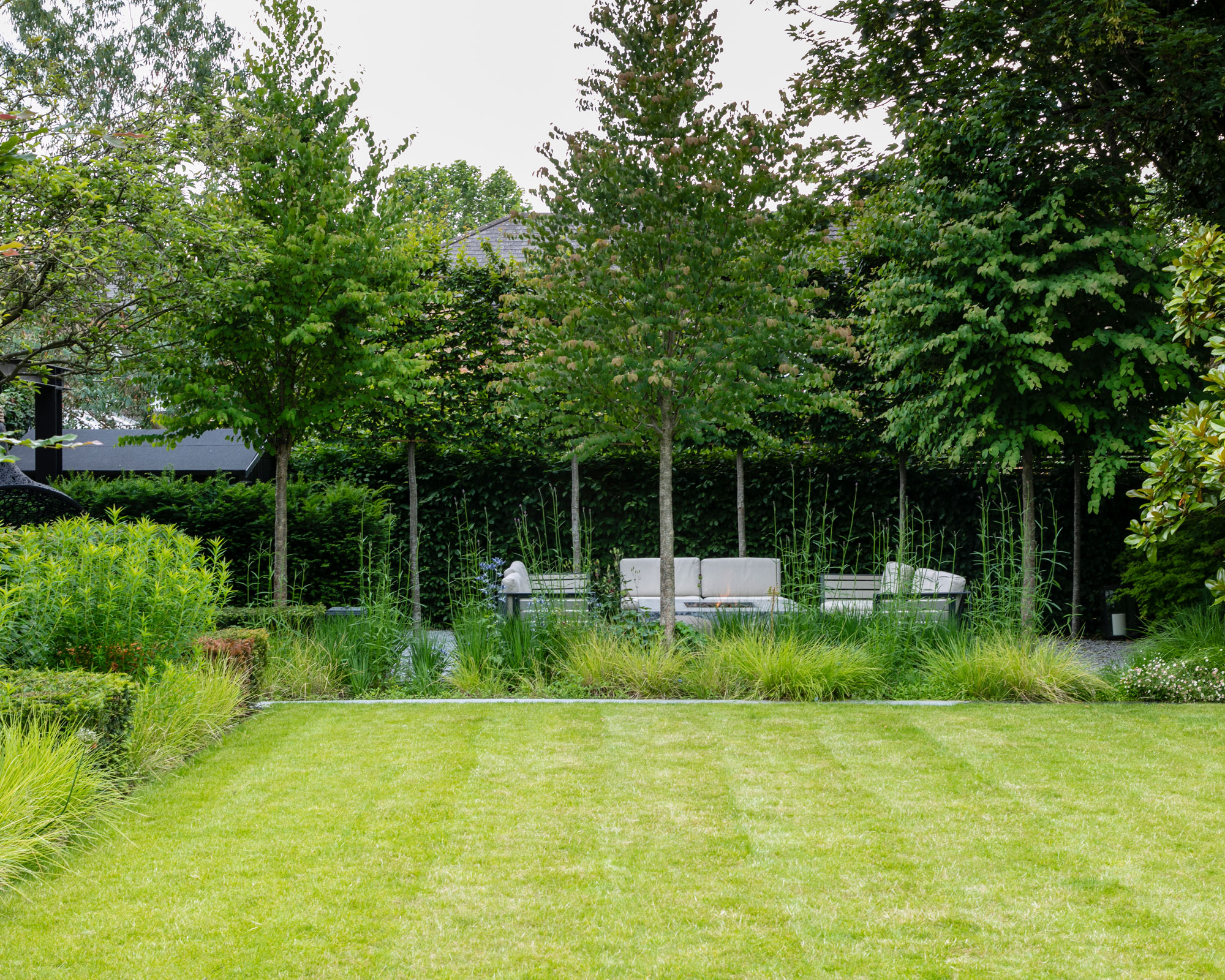
4. Remove crabgrass by hand
There is no better way for getting rid of crabgrass for good than removing it by hand. It is time-consuming, but it is the only way you can ensure it is gone for good.
You can do this in two main ways: pulling it up as you would any other weed with weed-pulling tools from Amazon or smothering patches of it. Smothering it is the easier way of making sure it is dead before removing it.
After you’ve identified a patch of crabgrass Coulter Lewis, CEO of Sustainable Lawn Care company Sunday, advises covering it with a brick, tile, plate, or any object to block the weed from getting sunlight. ‘Wait 4 to 6 weeks for the crabgrass to be smothered to death and once the weed is dead remove it.’
5. Don't fertilize your lawn in the summer
Feed your lawn and you'll be feeding the crabgrass, too.
6. Water once a week
You may know when to water plants, but what about your lawn? While you may opt to give it a light sprinkling of water every so often, Josh warns that this might encourage weed growth. Instead, you should give it ' a healthy drink once a week,' to ensure it stays green and healthy.
The best weed killer for crabgrass
If the natural methods haven’t worked you can opt to use a weed killer carefully. Evan Ebert, is an avid gardener, and owner of The Riding Lawn Mower recommends using Roundup, available to buy on Amazon.
‘If Crabgrass has set up shop on your lawn, you need Roundup. Roundup is a weed killer that's designed specifically for crabgrass. You don't even need to mix the solution, as Roundup comes ready to use with a sprayer built-in,’ he says.
‘After about 7 days, the weeds will turn white. You can either pull them out by hand or use a mower on the lowest height setting to remove them.'
What is crabgrass?
Crabgrass is an annual weed that is almost impossible to remove with even the best lawnmower. Its seeds can live in soil for up to three years before germinating, making them challenging to get rid of.
If you’re wondering why you need to consider how to get rid of weeds like crabgrass, asides from them giving lawns a patchy appearance a study in the Journal of Agricultural and Food Chemistry found that crabgrass can actually poison other plant competitors.
Sign up to the Homes & Gardens newsletter
Design expertise in your inbox – from inspiring decorating ideas and beautiful celebrity homes to practical gardening advice and shopping round-ups.

Rebecca has been working as a homes and interiors journalist for over four years. She first discovered her love of interiors while interning at Harper's Bazaar and Town & Country during my Masters in Magazine Journalism at City, University of London. After graduating she started out as a feature writer for Women's Weekly magazines, before shifting over to online journalism and joining the Ideal Home digital team covering news and features. She is passionate about shopping for well-crafted home decor and sourcing second-hand antique furniture where possible.
-
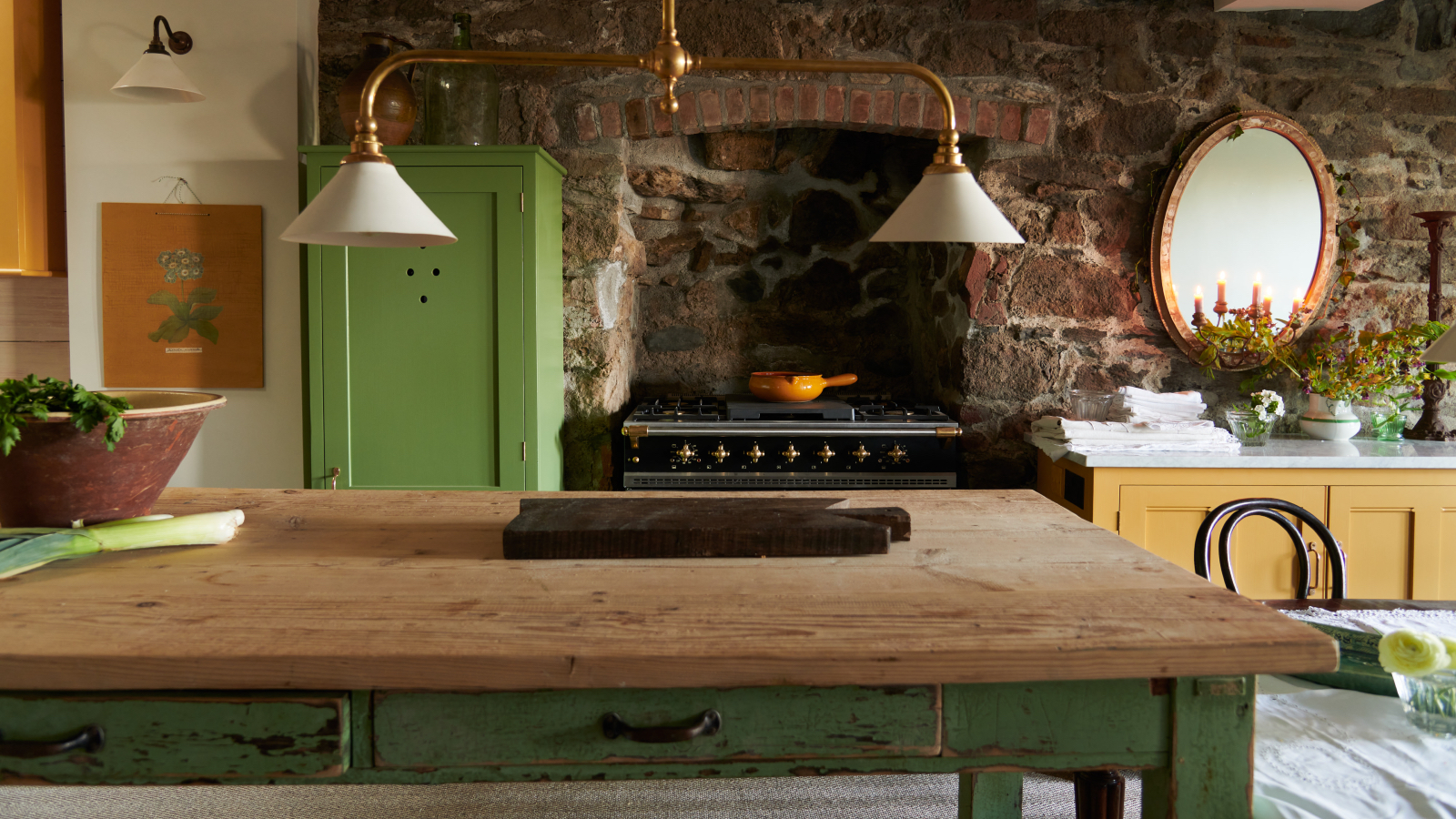 9 things you can clean with glycerin – this cheap and natural cleaner is perfect for indoor and outdoor use
9 things you can clean with glycerin – this cheap and natural cleaner is perfect for indoor and outdoor useFrom patio furniture to silverware, this hydrating and gentle cleaning agent will work miracles
By Ciéra Cree Published
-
 Martha Stewart's houses – inside her most iconic properties, from Cantitoe Corners to Turkey Hill
Martha Stewart's houses – inside her most iconic properties, from Cantitoe Corners to Turkey HillThe lifestyle guru built her legacy around her homes, some of which are the most recognized homes in modern American history – we explore her portfolio
By Megan Slack Published